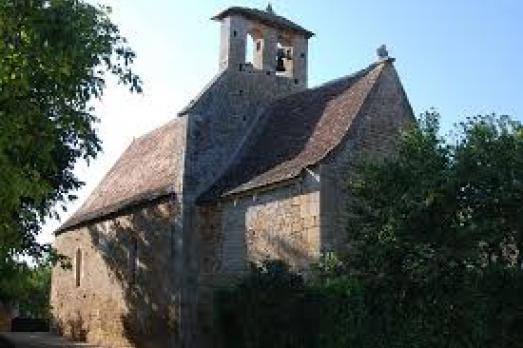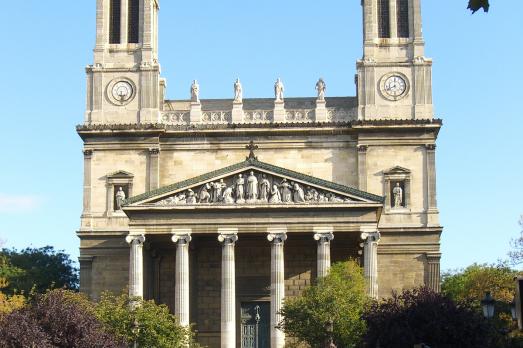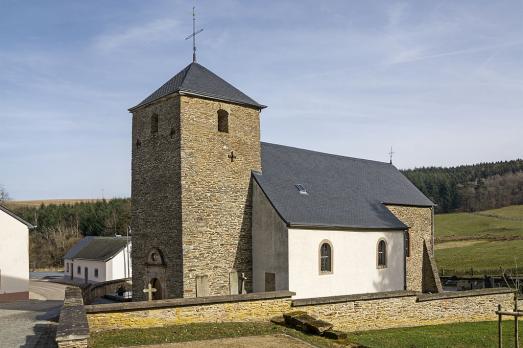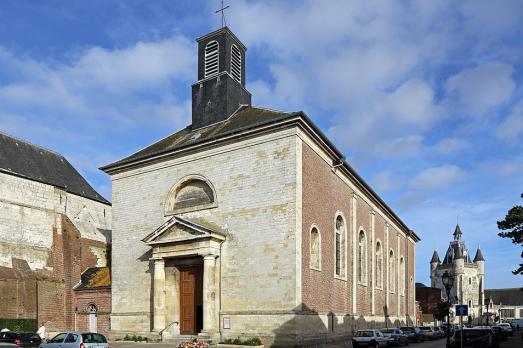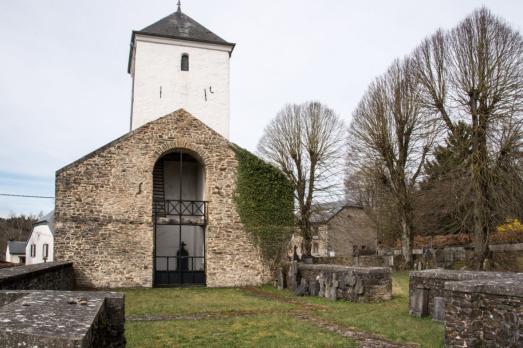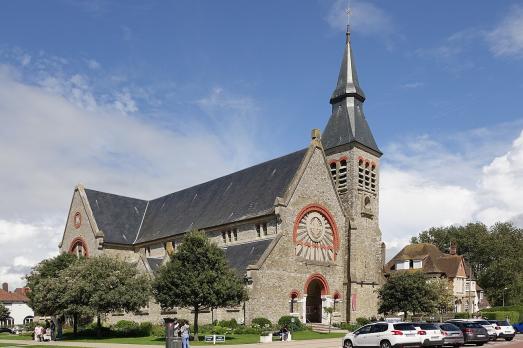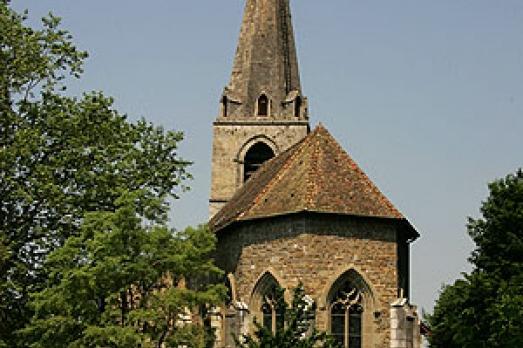
Church of Saint-Vincent
Montreux, CH
The church of Saint-Vincent was probably built in the 15th century on a former sacred building. The new church was consecrated in 1524 to Saint Vincent, the patron saint of winegrowers. Shortly afterwards, when the Bernese arrived (1536), the church became a Protestant temple, which it still is today. The modern stained glass windows are signed by the artist Jean Prahin.
